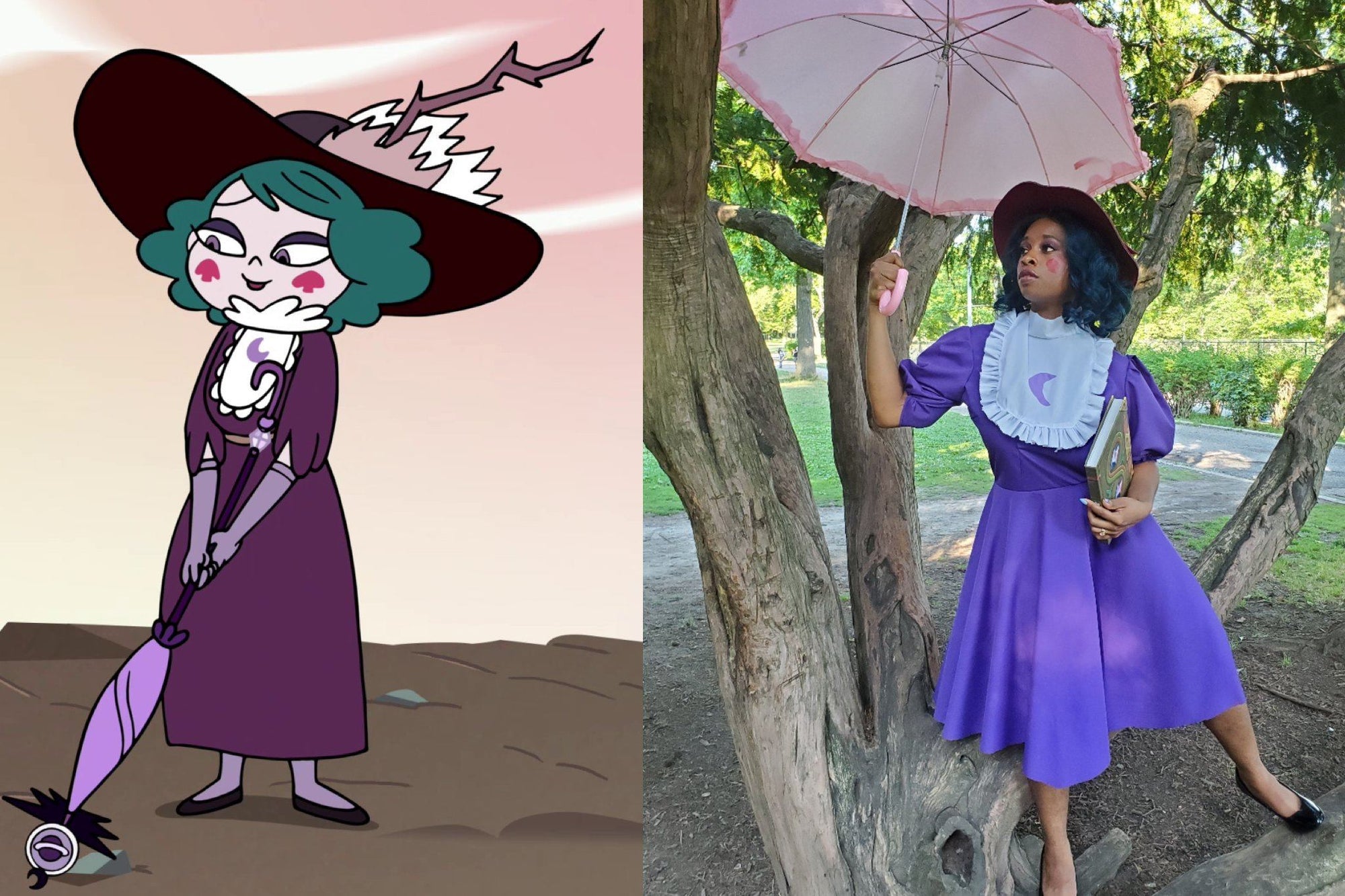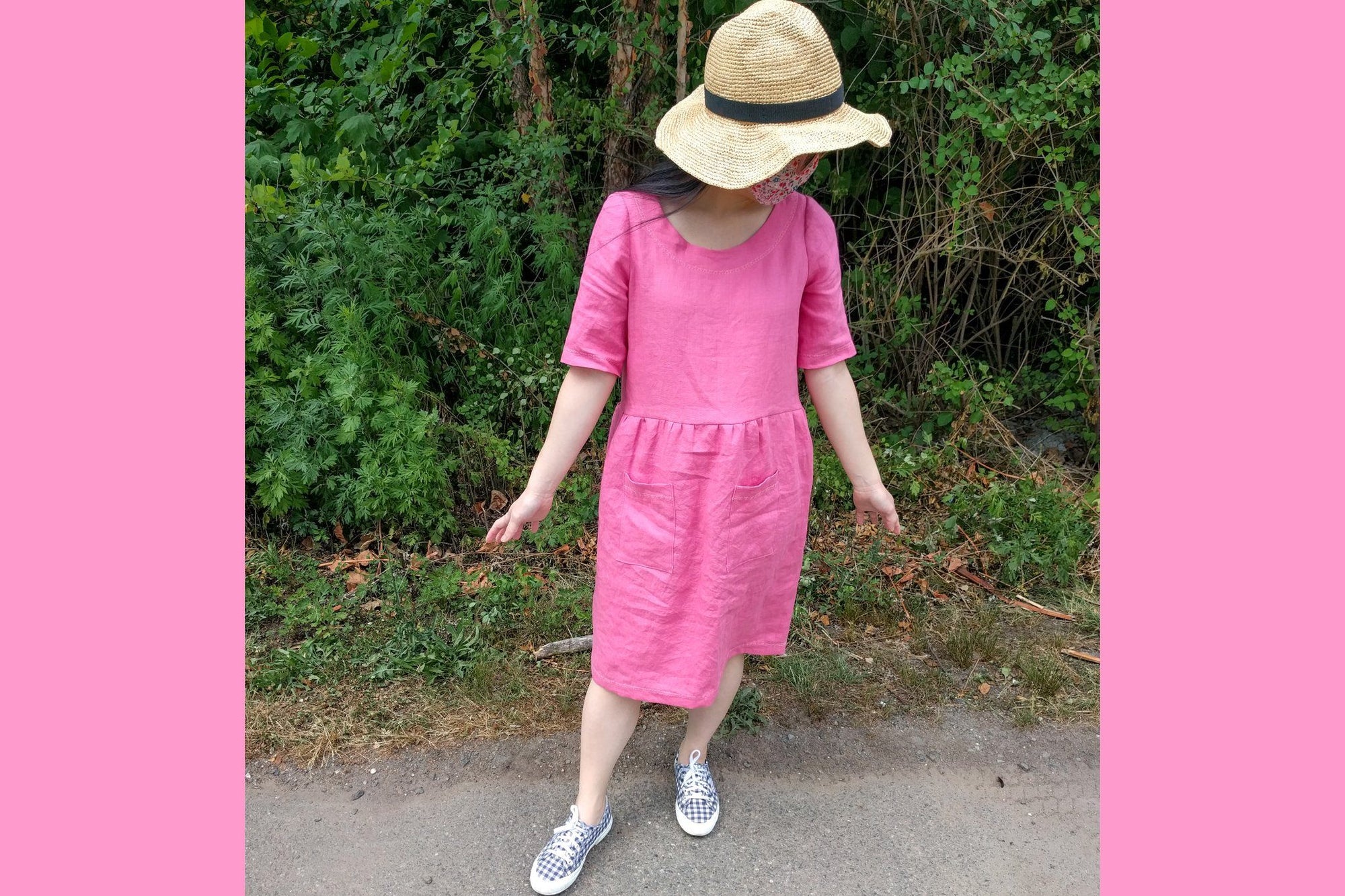Although there are many sewers and costume creators around the world, not many people realize how their clothes are created. It all stems from the fabric and stitches that make up these garments. Even more so, there is an intricate process behind fabric manufacturing. Anyone interested in learning how to make fabric should check out this guide on the fabric manufacturing process. You’ll see how raw materials are woven or knitted into the finished, colored goods used today.
Raw Materials
Whether it’s a synthetic fabric, cotton-based fabric, or another type of natural fabric, all fabric manufacturing begins with raw materials. These materials are cultivated and harvested from various sources, be it cotton, wool, leather, flax, hemp, or silk. From here, the raw materials are spun into yarn and thread. While done by hand in the past, spinning wheels account for this process today. As the spinning wheels move, the fibers collect on a bobbin, which connects to another machine for the fibers to continue along their journey.
Woven Fabrics
Once spun into threads, the fabric fibers now become usable yarn. Each individual thread weaves together to form a fabric. Weaving occurs on a loom, which is a machine that holds the threads under tension to facilitate the interweaving of the threads. Back and forth motions interlace the yarn, and rapier-type weaving machines lift the thread then carry it to another loom machine that pulls it across. These machines ensure high speeds and reliability with great versatility, depending on the fabric you weave.
Knitted Fabrics
Knitted fabrics have their own fabric manufacturing process different from weaving. Knitting requires a series of needles that interlock loops of yarn via lengthwise rows called wales and courses. Most knitted fabrics use a circular machine with fixed needles on a rotating cylinder. As this cylinder turns, the needles form stitches to produce a tubular fabric ranging from 9” to 60” in diameter. Some knitting machines might use over thousands of needles to produce multiple cones of yarn at once. Another type of knitting machine, flat knitting machines, can make millions of stitches a minute that drop or add stitches automatically to conform to different shapes.
Finishing
Finally, the knitted or woven yarn goes through a finishing process. Often, these fabrics are filled with impurities and debris that must be cleaned off. Bleach purifies the base color, while various chemicals and cleaners remove leftover oils, wax, and other matter. Finished fabrics also go through a mercerization process, which increases the pore size on the fabric threads to make it easier to dye. The mercerization process is a lye solution that allows bright or bold colors on the fabric. Afterward, the fabrics are stretched and pulled to accept more color. Then, it’s dried and prepared for shipment.
Now that you know the basic steps behind fabric manufacturing be sure to check out our selection of apparel fabrics at Fabric Wholesale Direct. We carry various cotton, silk, nylon, linen, sheer, and printed cotton fabrics, all at a reasonable price point. Whatever garment you create, be sure to use the best quality fabric at your convenience.
 Transparent
Transparent
 White
White
 Pink
Pink
 Red
Red
 Orange
Orange
 Ivory
Ivory
 Yellow
Yellow
 Gold
Gold
 Brown
Brown
 Green
Green
 Blue
Blue
 Purple
Purple
 Grey
Grey
 Black
Black
 Multi
Multi
 Abstract
Abstract
 African Print
African Print
 Animal Print
Animal Print
 Baby & Nursery
Baby & Nursery
 Buffalo Check
Buffalo Check
 Camo Print
Camo Print
 Celestial
Celestial
 Chevron
Chevron
 Church
Church
 Damask
Damask
 Embroidered
Embroidered
 Floral
Floral
 Geometric
Geometric
 Gingham Check
Gingham Check
 Houndstooth
Houndstooth
 Licensed
Licensed
 Paisley
Paisley
 Plaid
Plaid
 Polka Dot
Polka Dot
 Sports
Sports
 Stripe
Stripe
 Tie Dye
Tie Dye



1 comment
Isaakunger
Do you lit people wolk through your shop to see how fabric is being made till it’s all done
Do you lit people wolk through your shop to see how fabric is being made till it’s all done